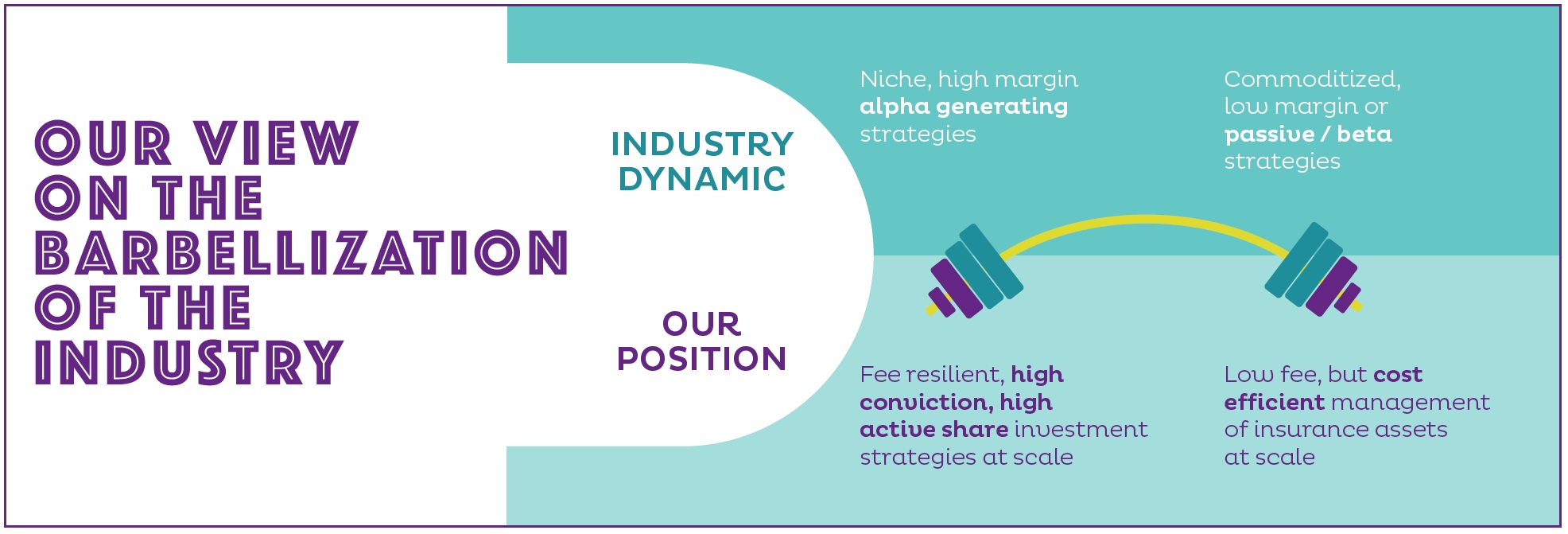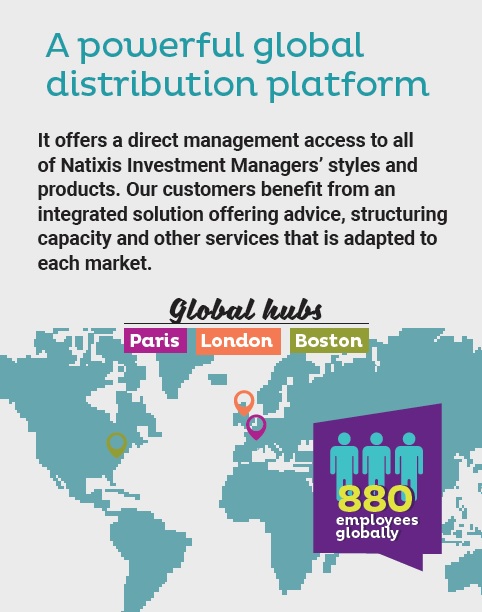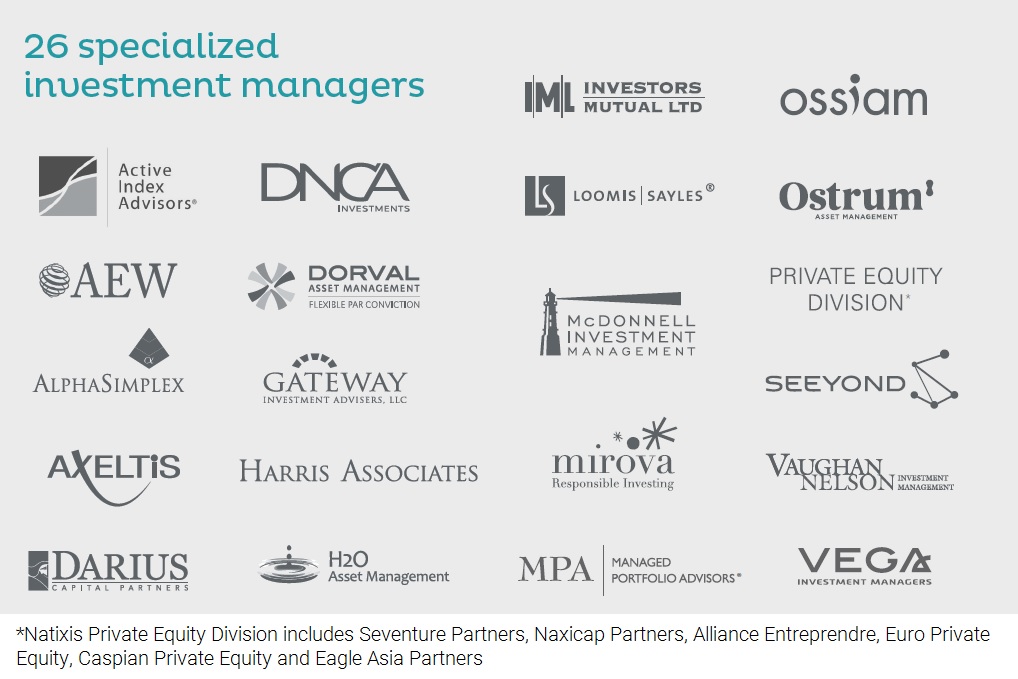By the end of New Dimension, its strategic plan, Natixis aims to become the premier active asset manager in the world. Find out from Jean Raby, Head of Asset & Wealth Management, the new challenges we will face and how we will reach this goal in the next 3 years.

Jean Raby, Head of Asset & Wealth Management at Natixis

Jean Raby, in your view, what is the biggest driver affecting our asset management business and our competitive landscape today?
Jean Raby – Many people talk about the impact of regulation, and how various reforms have put a lot of pressure on the industry. However, I think that the biggest driver of change to come is digitalization, which impacts our industry in all aspects: in the ways we work together, we run our investment processes and we distribute to our clients. We’re just at the dawn of this, and as an industry we are a bit behind other industries in adapting our business models. It’s a key driver to come and we want to be prepared for that. That’s why we have put this as one of the priorities of our strategic plan.
In addition to digitalization, what are the other key competitive factors you see for us to make the difference in the years ahead? We aim to be the premier active asset manager in the world. How are we going to get there?
Jean Raby: It’s reasonable to expect the performance of the markets as a whole will be more choppy and less correlated than it has been over the last 30 years. In this environment, the active asset manager that we are will be much better equipped to manage risk than other types of investment styles. In fact, when you are in passive or ETF products, you don’t manage risk. Going forward, being able to manage risk for our clients through various asset classes and market evolutions will be key. They still have returns expectations and markets may be generating lower returns than in the past. In this context, I have the conviction that we will be much better placed than other types of investment styles to deliver to our clients the results that they seek.
How is the industry reshaping and where are the opportunities for us?
Jean Raby: I read a lot about our industry’s barbellization: on one hand, you have niche, active asset managers, not necessarily at scale, who provide tailor-made strategies that outperform; on the other hand, you have big low-cost providers of investment products built for the masses. And squeezed in the middle, you have a number of subscale active asset managers who don’t provide value for money, and sub-scale passive investors who don’t have sufficient revenue to provide low cost solutions to clients.

Our take is slightly different: while our investment affiliates vary in size (AuM range from €2bn to €300bn), they’re autonomous in their investment styles, all active, and all providing high conviction strategies. Some of them may be niche, but together they form a network that is at scale and benefit from our distribution network which is itself at scale: so we have a unique model that combines the agility and entrepreneurship of active investment teams together with a large at scale centralised distribution network. And on the other hand, we’ve got a platform that provides low cost, high performing solutions to our insurance clients, where we have big volumes. While fees are lower there, we are profitable because we are very good.








